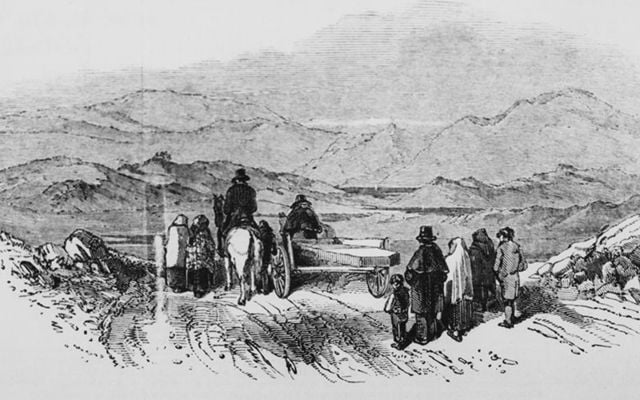During Ireland's Great Famine, one million people died from starvation and another one million left in search of a better life. Here we explain what the Irish Famine's Black '47 was.
The Great Famine, also known as the Irish Potato Famine and the Great Hunger, was a devastating period in Irish history that lasted from 1845 to 1852. However, the year 1847, known as Black '47, was the most catastrophic of all.
The famine was in part caused by a fungus that destroyed the potato crop, the main staple food of the Irish population. This led to widespread starvation, disease, and death. During Black '47, the situation reached its peak and an estimated one million people died from starvation and related diseases. Another million were forced to emigrate, leaving their homes and families behind in search of a better life.
The British government, which controlled Ireland at the time, was slow to respond to the crisis and their actions were inadequate. They continued to export food from Ireland to other parts of the British Empire while the Irish population was dying of starvation. They also implemented policies that further exacerbated the situation, such as evicting tenants from their homes and burning their crops.
The impact of the Great Famine was felt for generations. It decimated the population and forever changed the demographics of Ireland. It also led to a deep-seated resentment towards the British government and their role in the Famine. The memory of Black '47 is still very much alive in Ireland and is remembered through monuments, museums, and annual commemorations.
The Great Famine was a tragic chapter in Irish history and Black '47 represents the height of the disaster. It serves as a reminder of the human cost of neglect and inaction in times of crisis. The memory of Black '47 will continue to be honored and remembered as a symbol of the resilience and strength of the Irish people in the face of unimaginable hardship.
*Originally published in January 2023. Updated in January 2024.




Comments